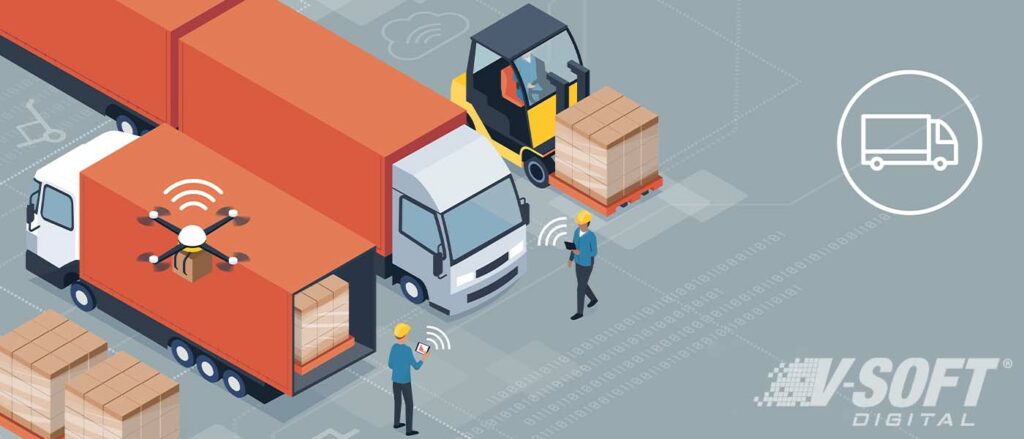Top Industrial IoT Use cases in 2022
Forward-looking industries seek to capitalize on technology developments are increasingly adopting or planning to adopt Industrial Internet of Things (IIoT) for competitive advantage. IIoT refers to the network of instruments, interconnected sensors, and devices in industrial settings. On the surface, IIoT promises to increase operational efficiency through connectivity, automation and analytics but has a lot more benefits to offer when applied intelligently. IIOT aligns well with Industry 4.0 and its widely adopted technologies such as cloud computing.
The global IIoT market is expected to grow from$76.7 billion in 2021 to $106.1 billion by 2026.
Markets and Markets

IoT is a transformative technology and finds application in the industrial setting in many ways but it’s still an evolving area and has its share of challenges. To successfully implement IIoT, it is necessary to identify and prioritize use cases that can benefit the organization. We list some of the leading IIoT use cases below:
Predictive Maintenance
Ensuring that equipment and machinery function smoothly is a major concern for enterprises and routine maintenance work is carried out to prevent breakdowns and downtime which not only impose considerable costs but also impact consumer experience. Traditional maintenance relies on a time-based approach presuming older equipment require priority maintenance, but studies reveal that overwhelming majority of failures occur randomly.
Predictive maintenance can use wireless IIoT sensor data from connected equipment to gain insight into the performance and health of equipment and alert maintenance teams to act before failures occur. Predictive maintenance works best when it has access to large amounts of data which needs to be processed and analyzed to predict failures. IoT equipment generates and collects data that predictive maintenance can use to analyze and forecast machine failure before it occurs.
Production Visibility
In industries such as manufacturing, supervisors must physically monitor and observe the shop floor to assess performance and identify problems. IIoT connects machines, sensors, and tools to provide real time data. Operators, managers, and other stakeholders use this data for in-depth insight into the production process. This not only helps operators work more efficiently but also leads to detection of bottlenecks leading to production delays. Greater production visibility enabled by IIoT can lead to optimization of equipment performance, processes, and quality.
Supply Chain Optimization
Keeping track of assets in industrial settings is a major concern as it affects overall efficiency. With sensors and RFID tags, tracking inventory as it moves through the supply chain becomes considerably easier. Taking stock of assets in warehouses and quickly locating them with IIoT can help employees work faster and more efficiently. Real-time updates on the availability of materials gives organizations visibility and the ability to make quick supply chain decisions.
Location Tracking
In logistics, shipments and containers can be effectively tracked using GPS, sensors, and RFID tags so that assets in transit are always accounted for. Companies can also use IIOT technology to track vehicles and reroute drivers to the most optimized route. With access to precise location data of shipments in real time, logistic companies can save time and streamline their operations.

Quality Monitoring
IoT sensors can be used to monitor the quality of resources, products, and even environmental conditions which is crucial to ensuring quality. In several sectors such as pharmaceutical and chemical processing plants, temperature and pollutants in water can have an adverse impact on quality. In the food and beverage industry, temperature sensors are being added to transportation vehicles to ensure sensitive products are being kept at appropriate temperatures. IoT sensors can even remotely monitor and alert teams when these quality thresholds are breached. This helps organizations respond quickly and more effectively based on real time data.
Summary
IIoT finds application in the industrial setting in several ways such as in energy optimization but it is still an evolving technology. However, as IIoT adoption continues to grow it is becoming more accessible, secure, and robust.











